Why a Sea Kayak May Not Need a Skeg or Rudder
Modern sea kayaks often feature skegs or rudders — devices designed to resist the natural tendencies of the boat to turn or “weathercock” into the wind. They’re useful tools, to be sure, and they make paddling in challenging conditions more accessible to many.
But what if resisting isn’t the only path to mastery? What if, instead, the more elegant approach is to work with the water, not against it?
Pro paddlers have long debated the merits and drawbacks of skegs and rudders. Articles like "The Real Problem With Kayak Rudders" by Brian Gray continue to be shared and debated widely amongst paddling clubs and newbies alike. Yet, for many people who are drawn to what they perceive as 'expedition' kayaking, the idea of leaving shore without a rudder often poses a mental barrier - sometimes for the wrong reasons.
At its heart, the traditional sea kayak — the elegant skin-on-frame craft born from the Inuit and Aleut peoples — was designed to dance with wind and waves. These boats didn’t rely on mechanical appendages to track straight; they relied on the paddler. The kayak and paddler were a single system, tuned through skill, body awareness, and small shifts in technique.
Today, that tradition is alive and well — and it’s beautifully embodied in the TRAK 2.0.

An Elegant Craft That Honors Its Origins
A kayak without a skeg or rudder is not a compromise. It’s a statement. It honors the lineage of traditional kayak design — a boat that responds to your balance, your edging, and your strokes.
In this design philosophy, the paddler becomes the steering system. Directional control comes not from levers or foot pedals, but from subtle body movement, thoughtful paddle placement, and an understanding of how wind, current, and hull shape interact.
This approach to paddling encourages the development of true foundational technique:
-
Edging to control turn radius and balance wind pressure.
-
Sweep strokes to pivot or counter drift.
-
Body alignment and trim adjustments to harmonize the kayak’s interaction with the environment.
Without the temptation to “set and forget” a rudder or skeg, paddlers become active participants — attuned, agile, and fully engaged.

The TRAK 2.0: A Modern Tribute to a Timeless Form
The TRAK 2.0 sea kayak takes this philosophy even further. As a modern, expedition-capable skin-on-frame kayak, it uniquely allows you to adjust the shape of the hull itself — effectively tuning the performance of the kayak to the conditions you’re in.
Through its innovative hydraulic frame system, you can subtly change the rocker and tension of the skin in real time, without ever leaving the cockpit:
-
More rocker allows for more agility and maneuverability in tight spaces or surf.
-
When paddling in following seas that tend to push you broadside to the waves, higher rocker helps to keep the paddler in control.
-
-
Less rocker promotes better straight-line tracking and efficiency on open crossings.
-
With the TRAK's deep v-shape hull, lower rocker settings effectively replace the need for a skeg entirely, especially when paddling in cross winds.
-
And when faced with strong crosswinds, you can fine-tune the hull to minimize weathercocking — not by adding resistance, but by refining balance and flow.
This is not just clever engineering — it’s an invitation to participate in the shaping of your boat, to co-create your paddling experience.

Reclaiming the Art of Seamanship
Choosing a kayak without a skeg or rudder is not about rejecting modern convenience. It’s about reclaiming the art and joy of seamanship — the living dialogue between paddler, craft, and environment.
It’s about cultivating skill over reliance. Awareness over automation. Mastery over machinery.
When you paddle a TRAK 2.0, you’re not fighting the water — you’re listening to it. You’re learning its language. And in that practice, you discover that resistance isn’t always necessary.
Sometimes, the most beautiful control comes not from adding parts — but from becoming one with the whole.

Adjustable Rocker Tips for the TRAK 2.0 Kayak
When paddling on flat water in a straight line over distance, consider lower rocker for maximum waterline, best tracking, and speed.
When paddling in the presence of wind and waves, consider increasing rocker to raise your bow and stern up out of the water. Increasing rocker will make it easier to maintain control over your direction amidst other forces that cause your kayak to drift.
When paddling in following seas that threaten to push you broadside to the waves, increase your rocker to pull your stern up out of the water. This will make it easier to maintain your intended direction. Edge your kayak and time your sweep strokes with each wave.
When paddling in cross winds that threaten to make your stern drift, consider placing addition weight in the stern half of your kayak and lower your rocker to increase your water line. This effectively replaces the need for a skeg that a typical fixed hull kayak might have.
When paddling in strong current where eddies are present, increase your rocker considerably to reduce the length of your waterline, making it easier to turn your kayak while edging and bracing.
When paddling is surf conditions, maximize your rocker for the most playful and responsive performance.


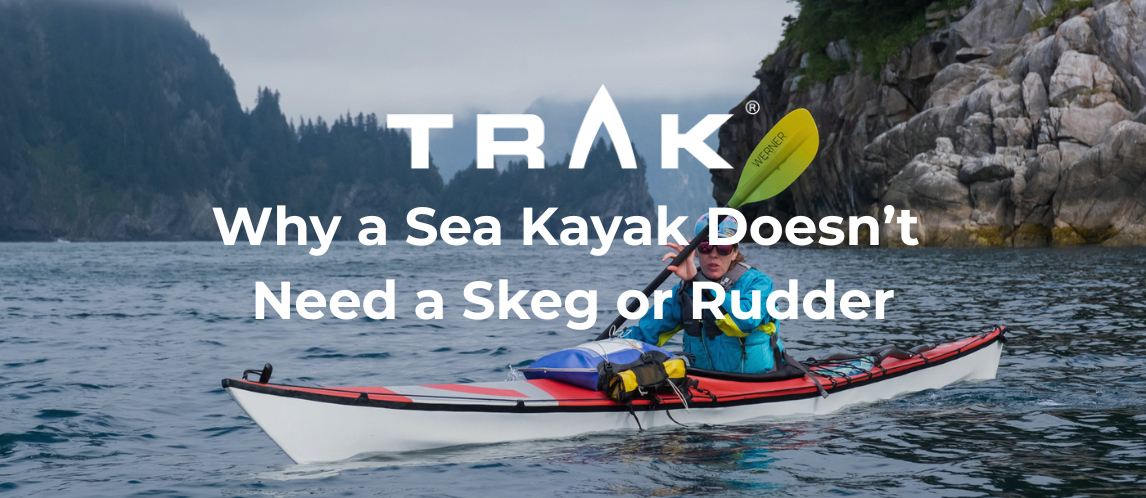



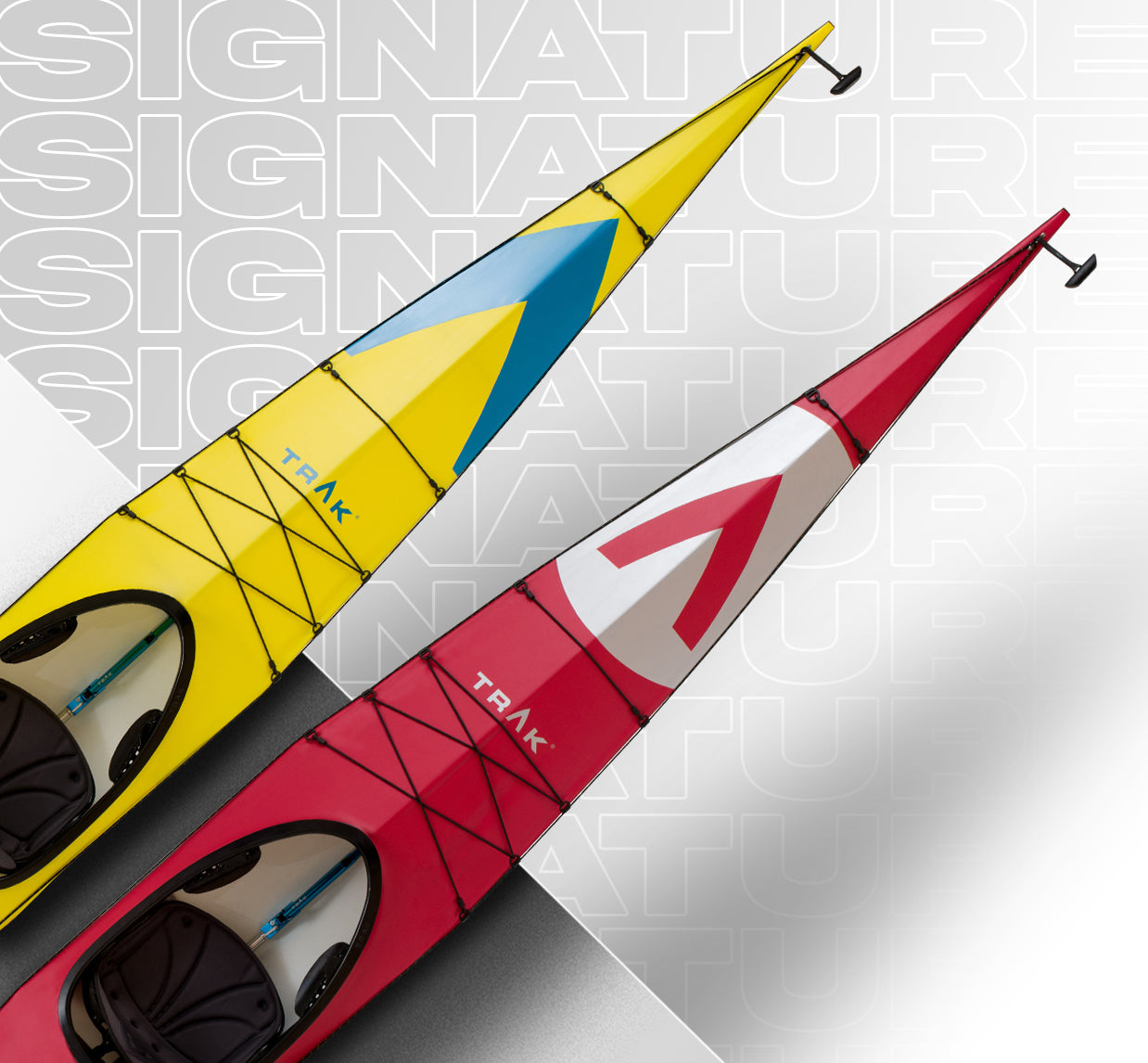
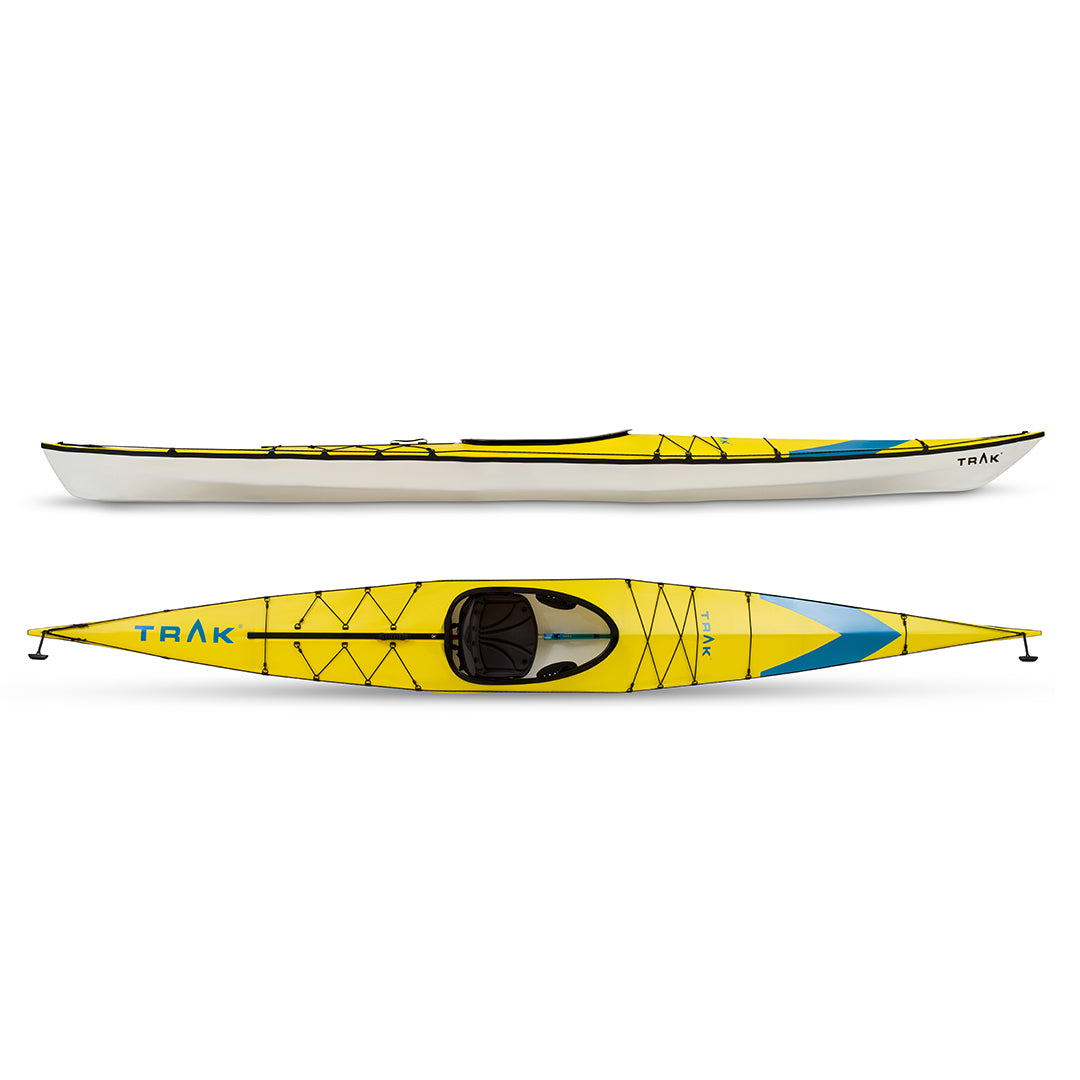
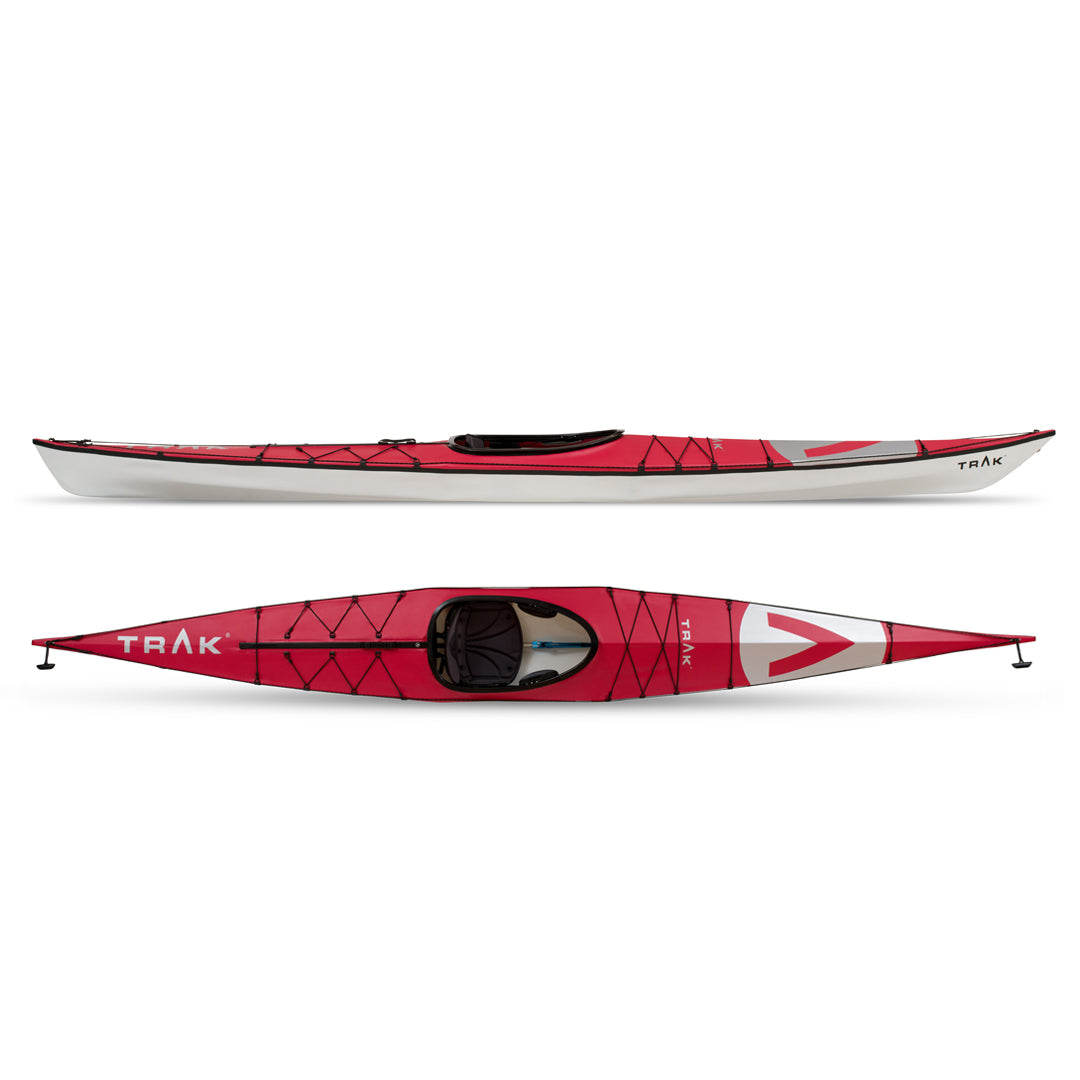
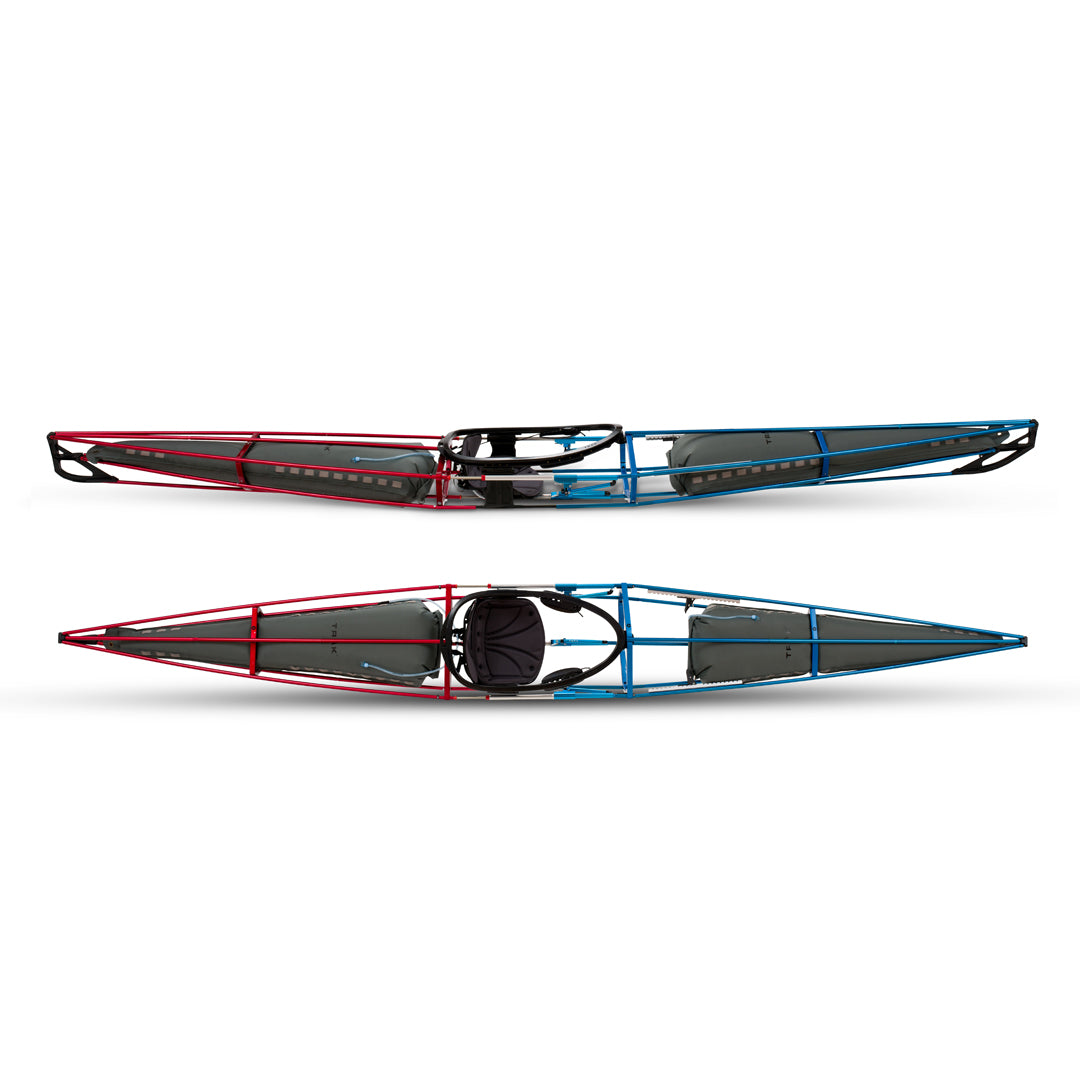
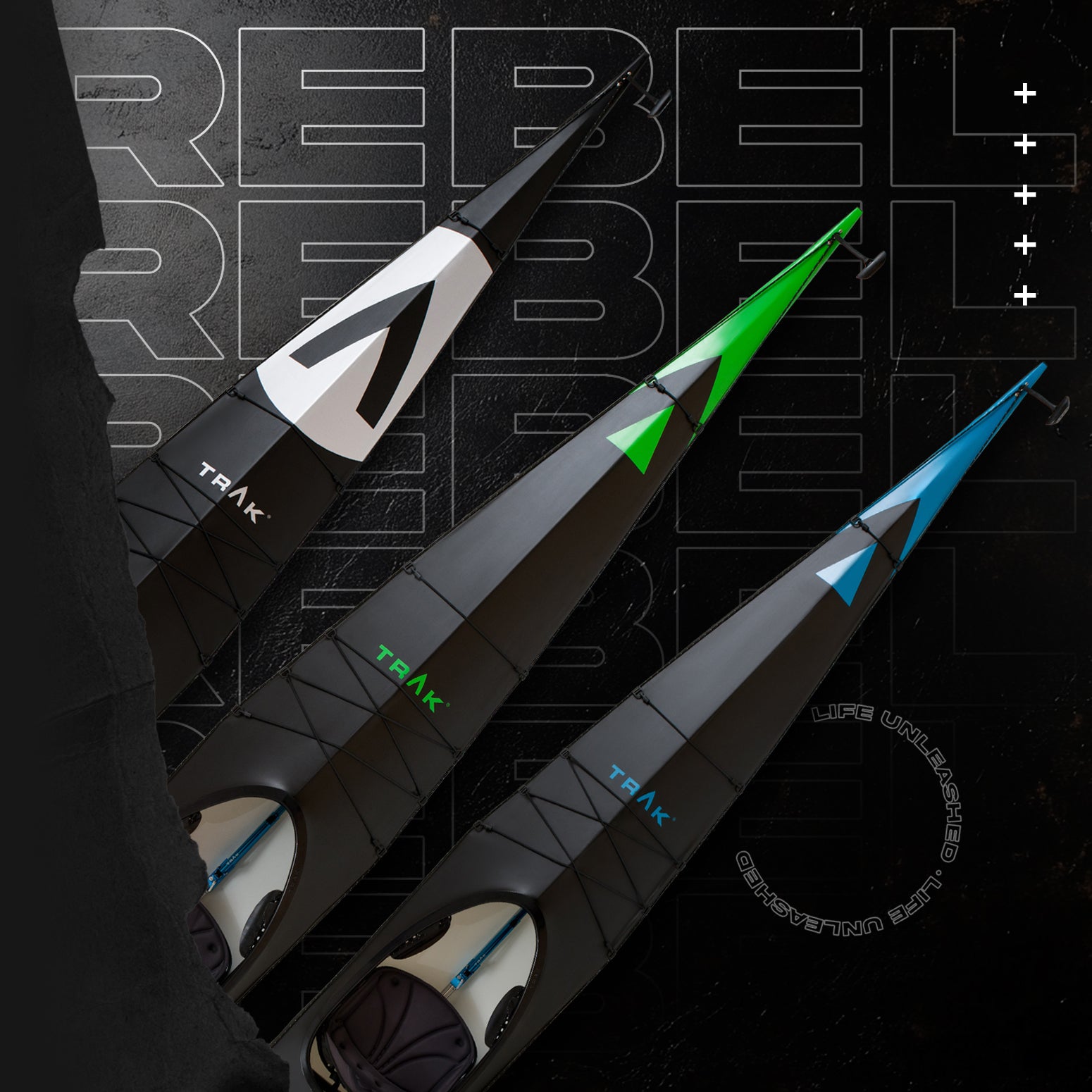
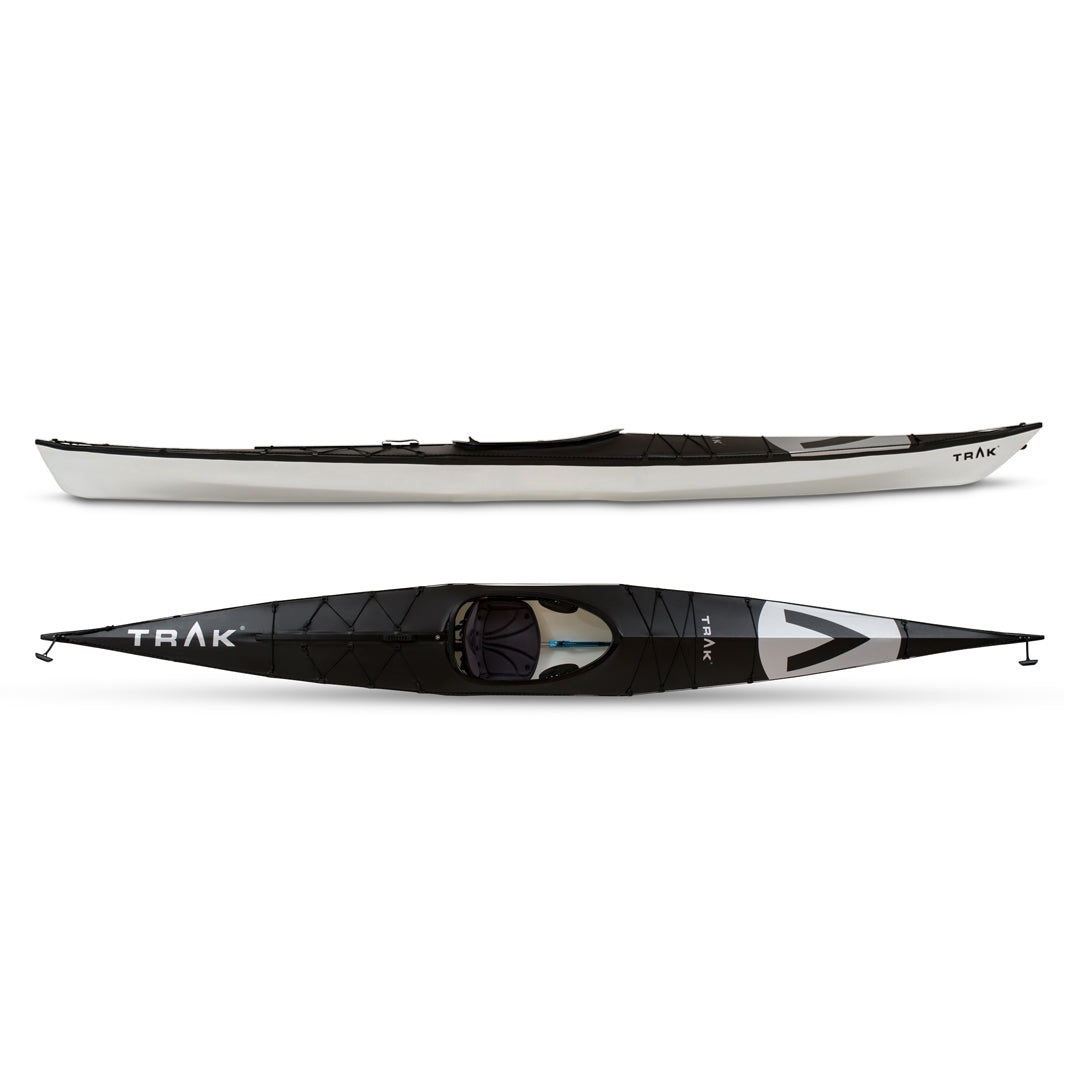
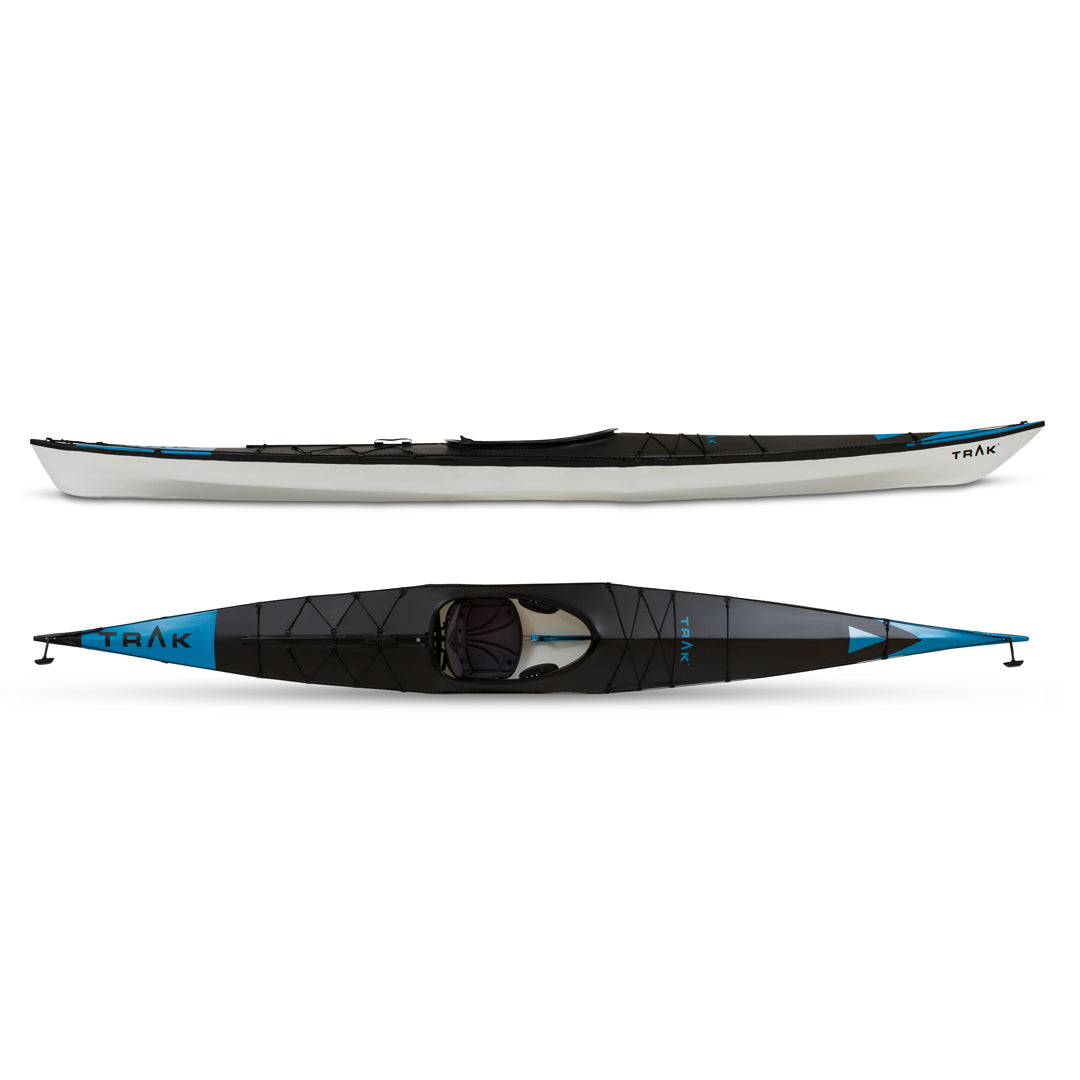
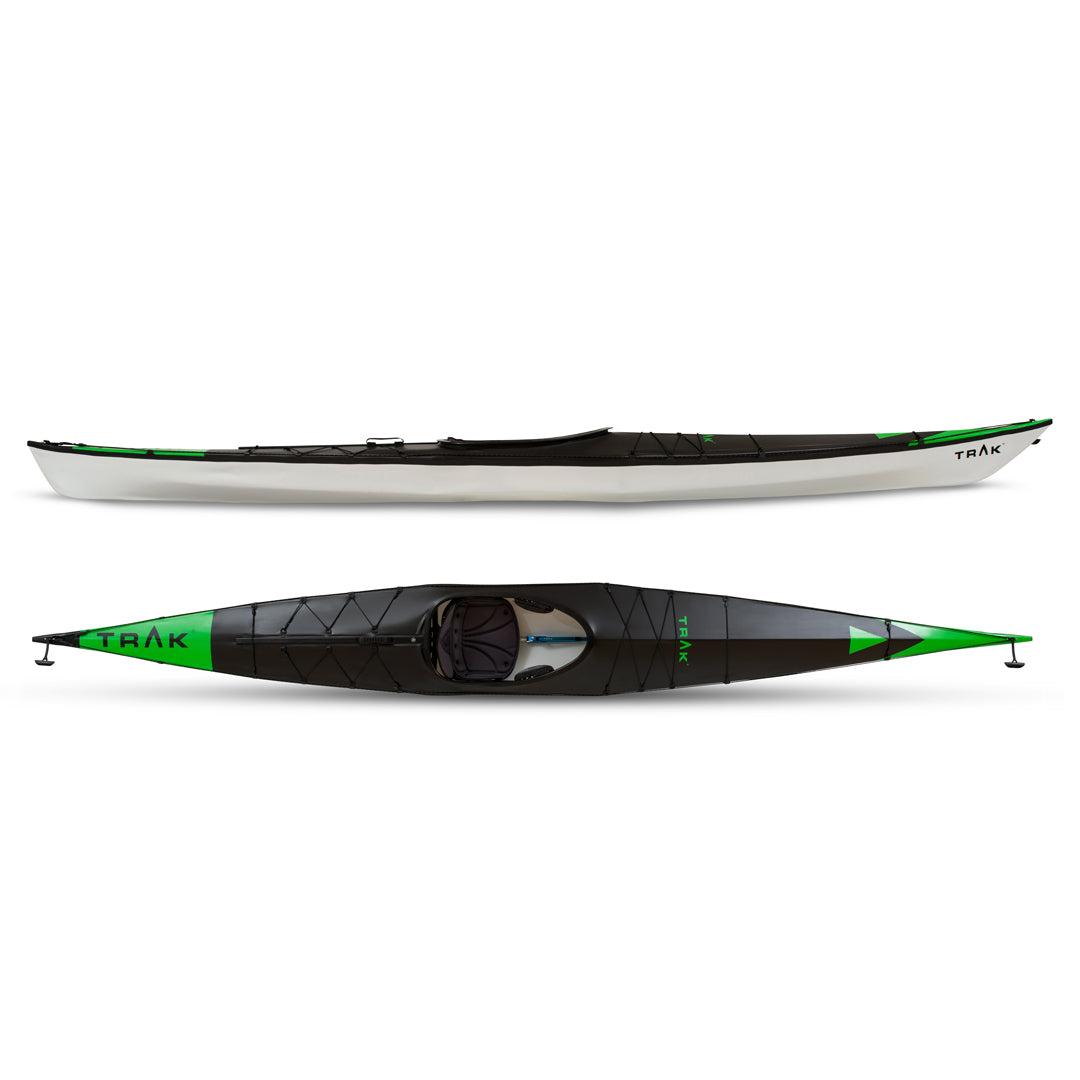
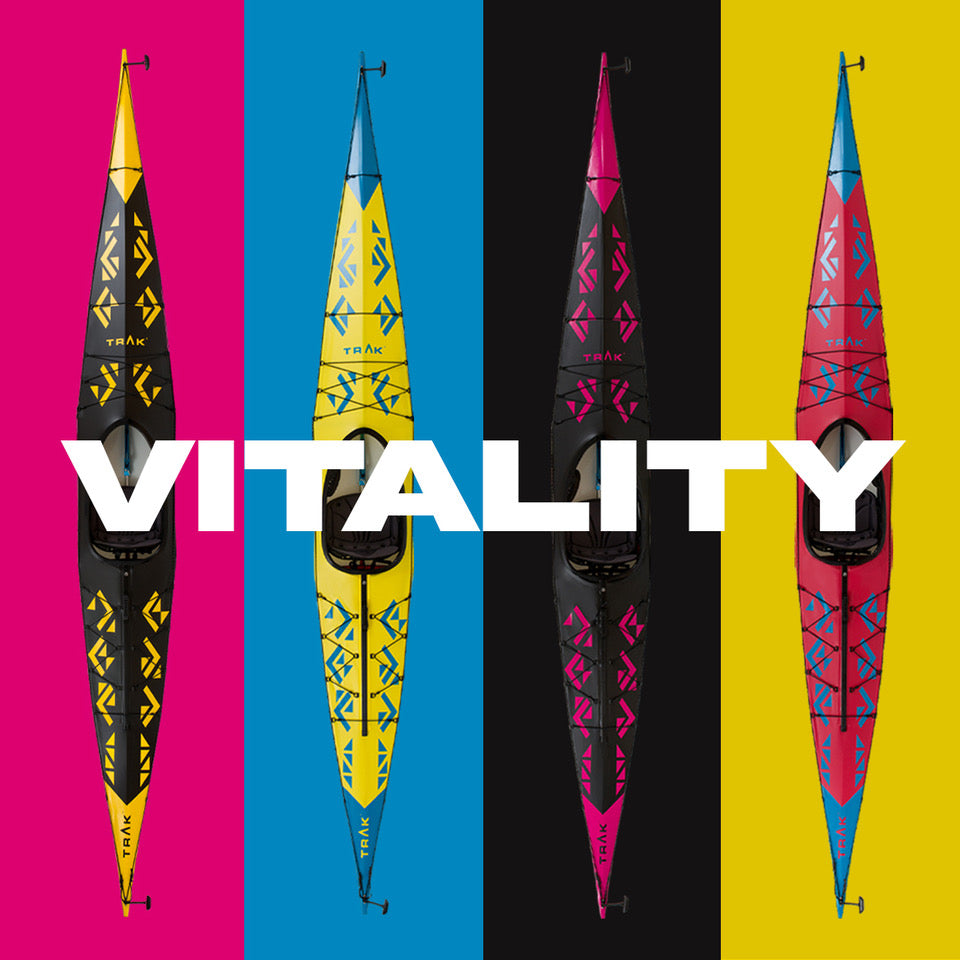
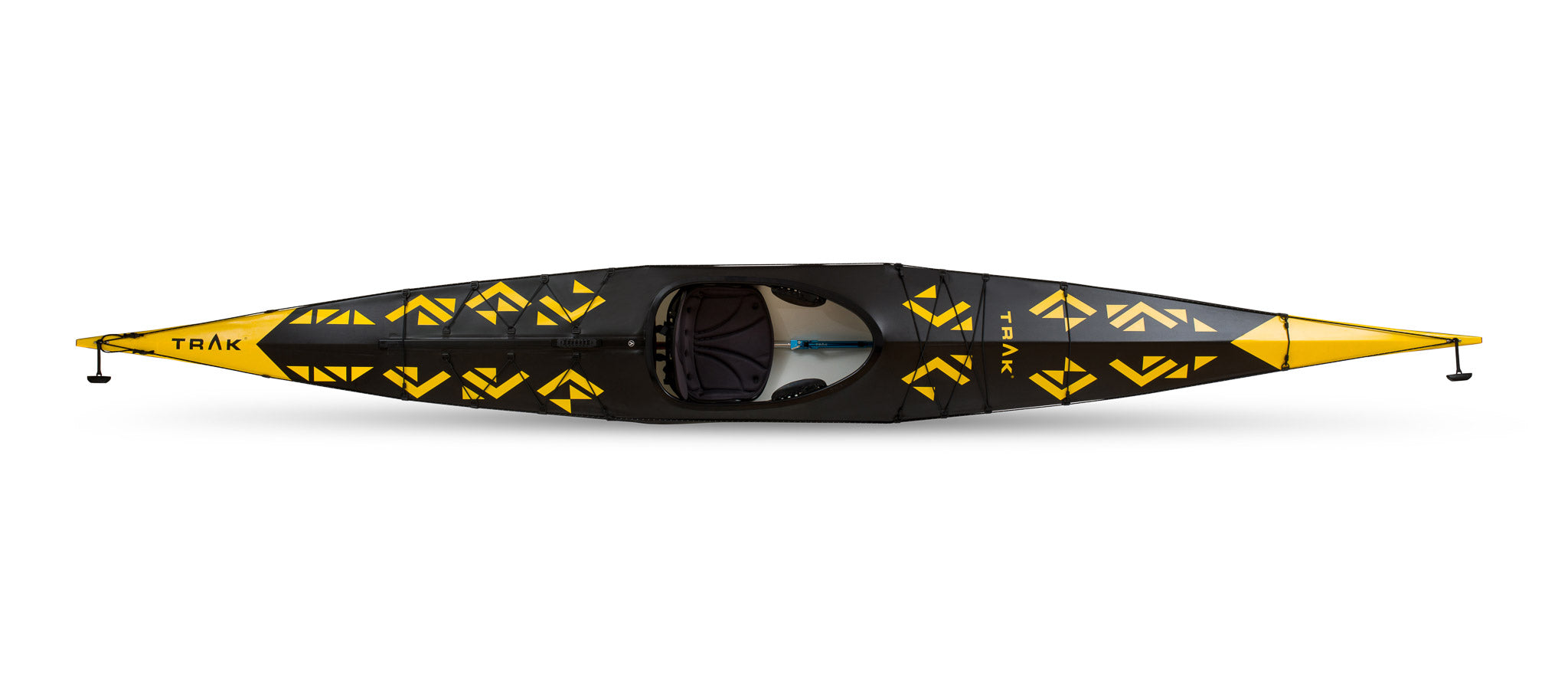

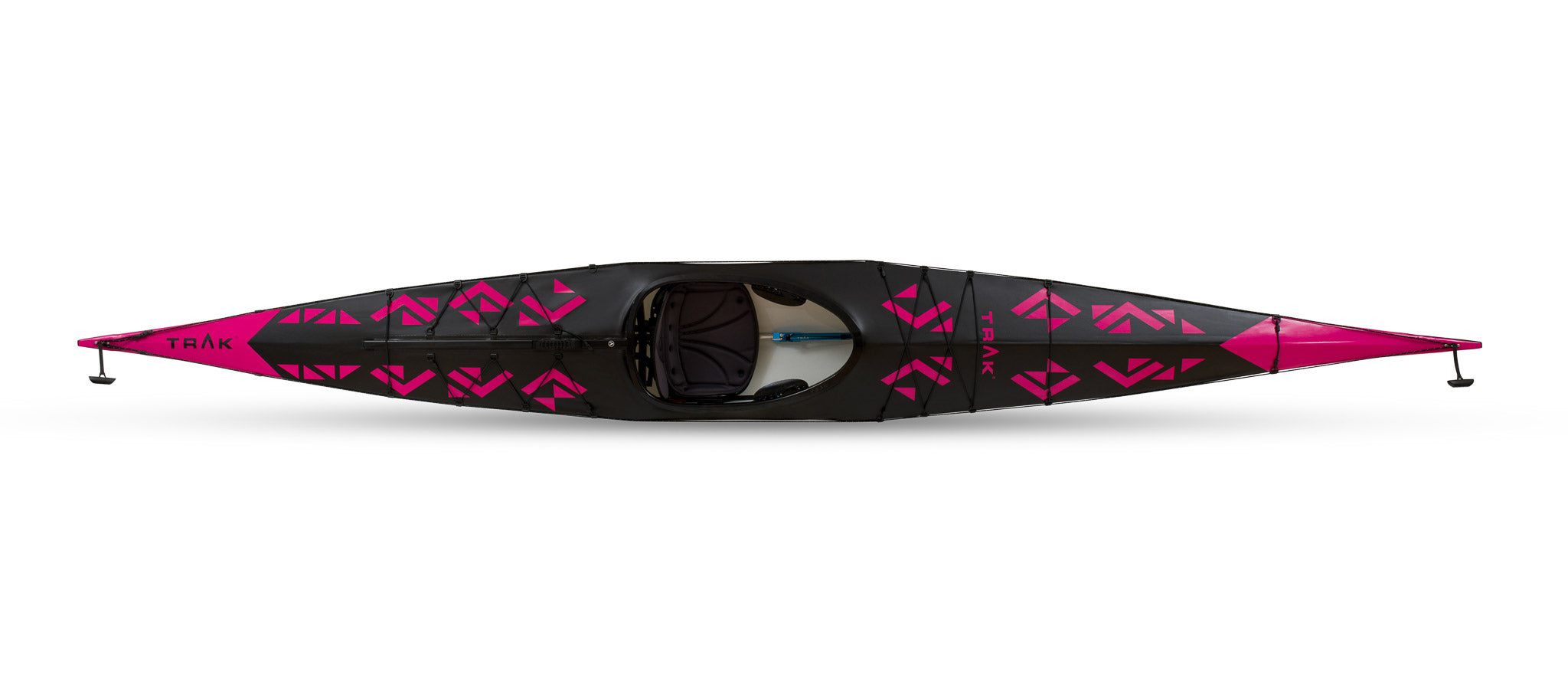
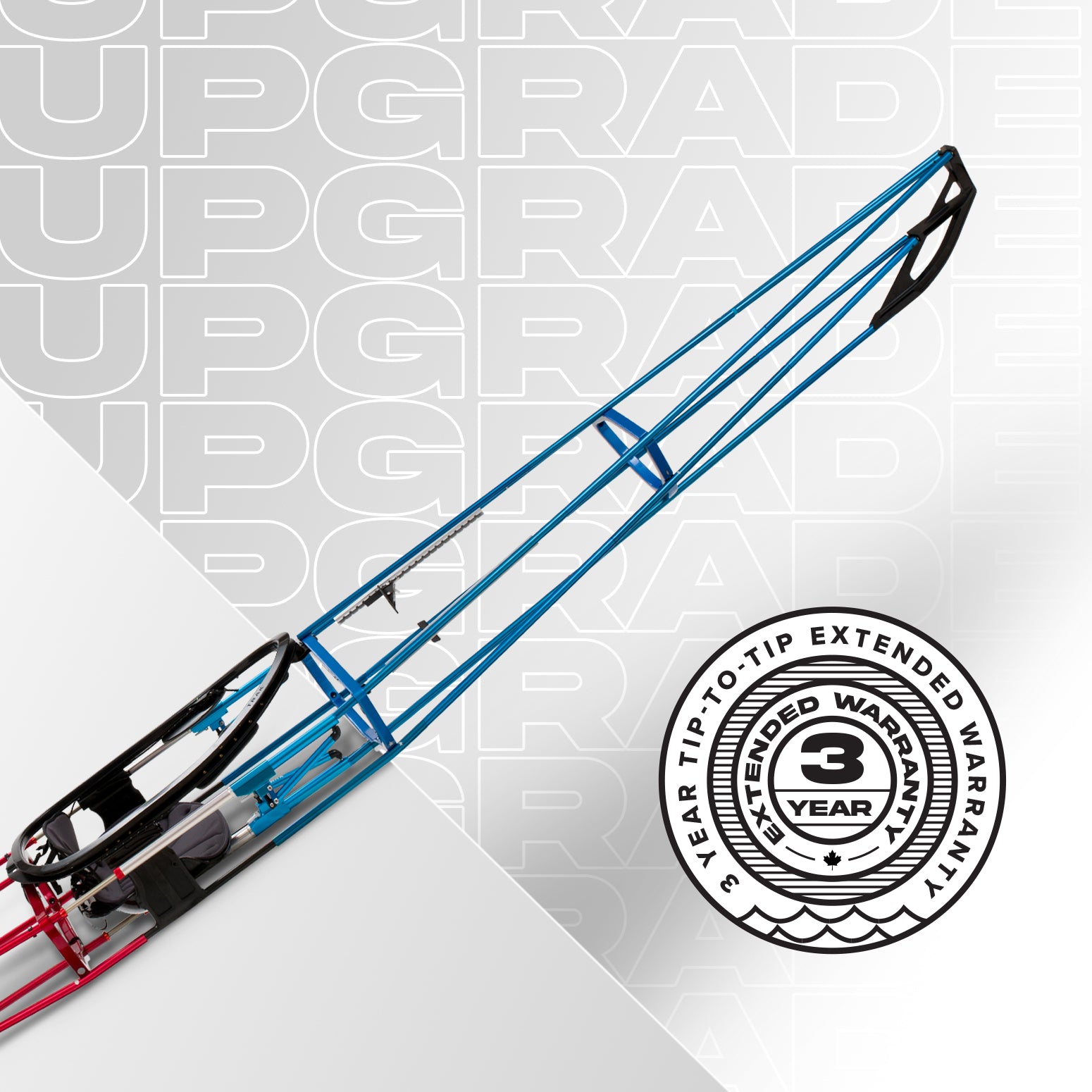
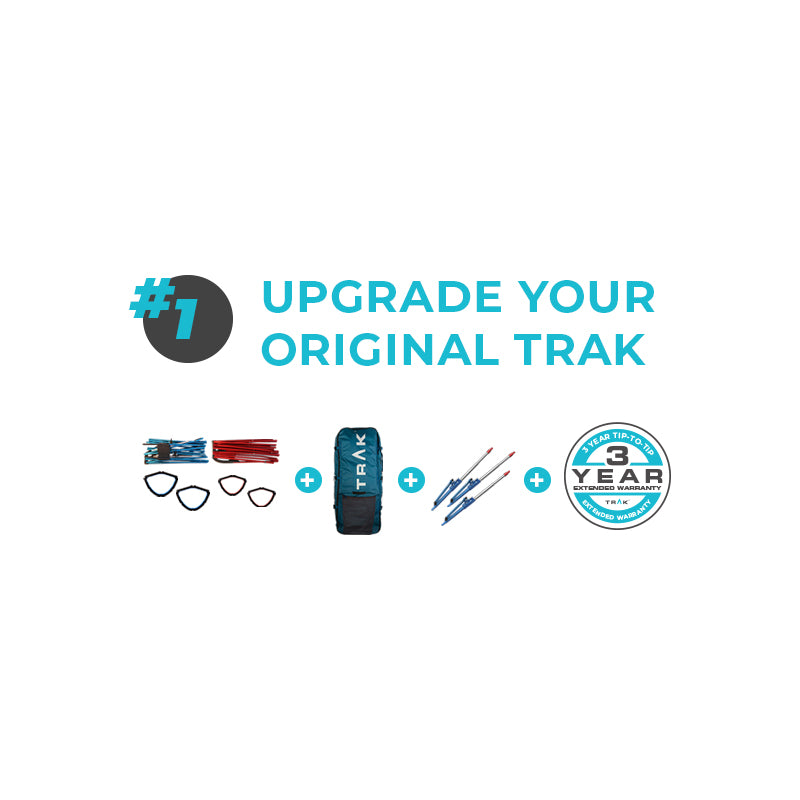
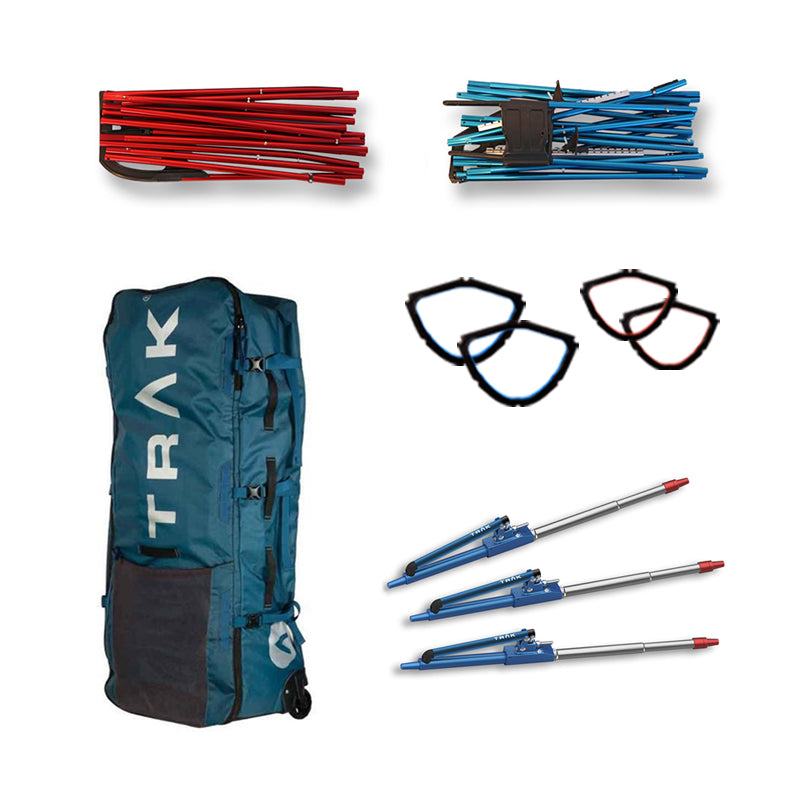
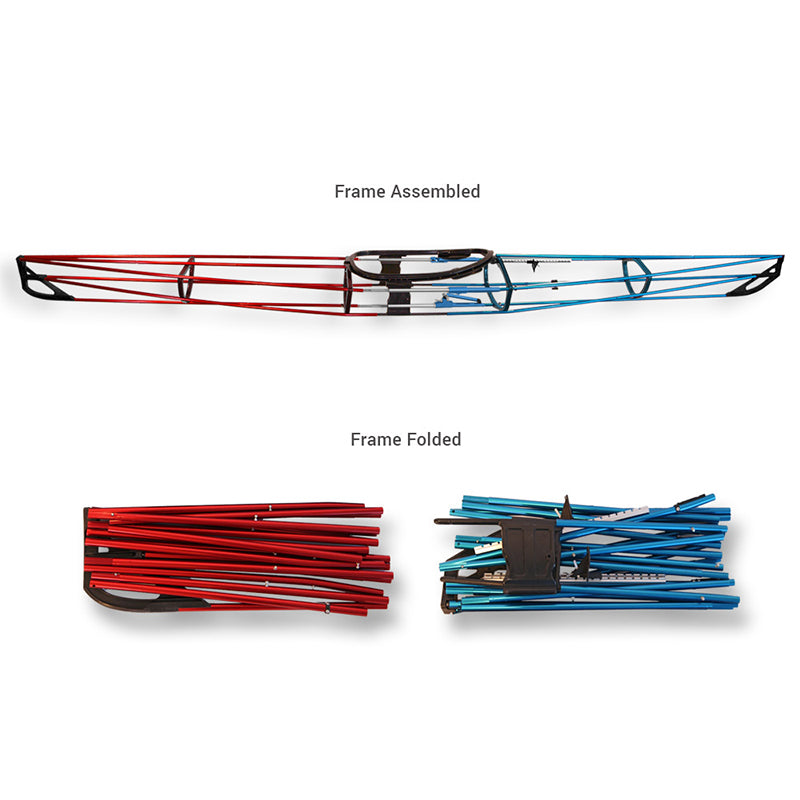

Share: